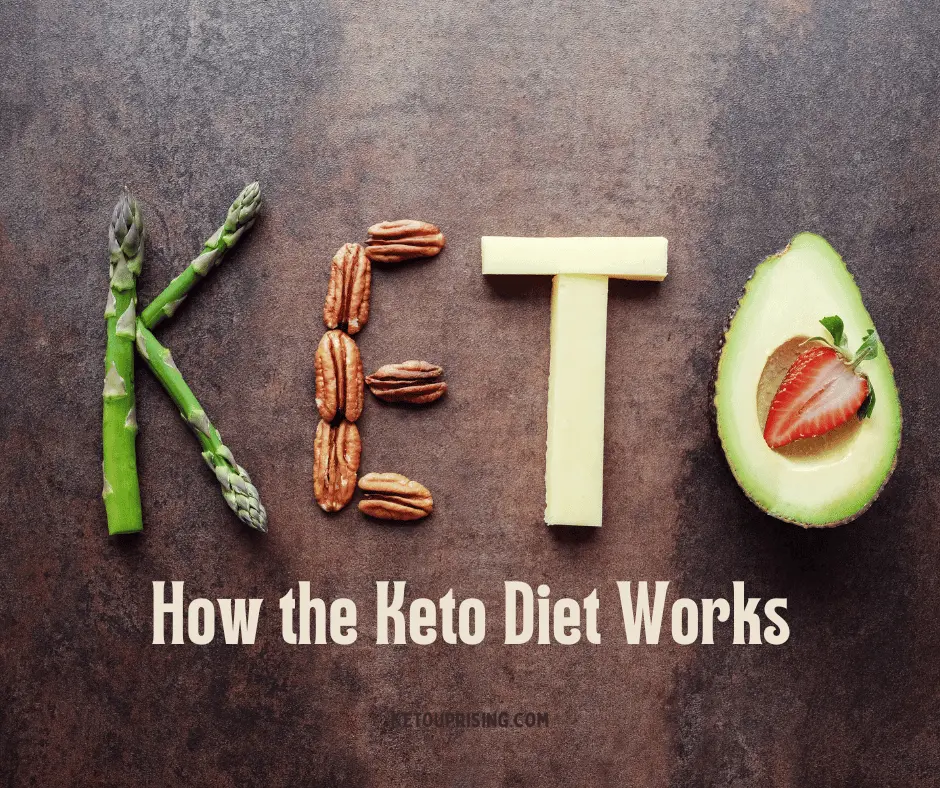The ketogenic diet, or keto diet, is a high-fat, low-carbohydrate dietary approach designed to alter the body’s metabolic state. Unlike traditional diets that rely heavily on glucose from carbohydrates as the primary energy source, the keto diet emphasizes fat metabolism. This shift results in a physiological process known as ketosis. Below, we delve into the science behind how the keto diet works and its effects on the human body.
Understanding Ketosis: The Metabolic Shift
Ketosis occurs when the body lacks sufficient carbohydrates to produce glucose for energy. In response, the liver begins converting stored fat into molecules called ketones, which serve as an alternative energy source. This metabolic state is the foundation of the keto diet and is achieved by reducing daily carbohydrate intake to approximately 20–50 grams.
The Role of Insulin in Energy Storage
Carbohydrates are broken down into glucose, which triggers the release of insulin—a hormone responsible for regulating blood sugar levels and promoting fat storage. On a keto diet, reduced carbohydrate intake minimizes insulin secretion, which helps the body tap into fat stores more efficiently. Lower insulin levels also prevent the spikes and crashes associated with carb-heavy meals, promoting more stable energy levels.
The Science of Ketone Production
Ketones are produced in the liver during fatty acid oxidation, a process activated when glucose levels are low. The three main types of ketones are:
- Acetoacetate (AcAc): The initial ketone body produced from fat breakdown.
- Beta-hydroxybutyrate (BHB): The most abundant and energy-efficient ketone, often measured in blood tests.
- Acetone: A byproduct of acetoacetate breakdown, responsible for the fruity odor sometimes present in breath during ketosis.
These ketones provide a steady energy source for vital organs, including the brain, which can adapt to utilizing ketones instead of glucose.
Benefits of Ketosis on Energy and Health
Ketosis has several advantages over glucose metabolism:
- Sustained Energy: Unlike glucose, which provides short bursts of energy, ketones offer a more consistent supply.
- Reduced Inflammation: Ketones exhibit anti-inflammatory properties, potentially benefiting individuals with chronic conditions.
- Enhanced Brain Function: The brain, which typically relies on glucose, functions efficiently on ketones, resulting in improved focus and mental clarity.
Stages of Ketosis
- Glycogen Depletion: In the first 24–48 hours of carbohydrate restriction, the body uses stored glycogen for energy.
- Fat Adaptation: After glycogen is depleted, the body shifts to burning fat and producing ketones.
- Deep Ketosis: Within 3–7 days, ketone levels peak, signaling full metabolic adaptation.
Keto Diet and Weight Loss
The ketogenic diet promotes weight loss through multiple mechanisms:
- Appetite Suppression: High-fat foods are more satiating, reducing overall calorie intake.
- Increased Fat Oxidation: The body becomes more efficient at burning fat.
- Loss of Water Weight: Initial weight loss occurs as glycogen stores are depleted, releasing water bound to glycogen.
Potential Risks and Considerations
While ketosis offers numerous benefits, it’s not without risks. Common challenges include:
- Keto Flu: Symptoms such as fatigue, headaches, and irritability during the transition period.
- Electrolyte Imbalance: Increased excretion of electrolytes requires careful management of sodium, potassium, and magnesium intake.
The ketogenic diet leverages the body’s natural ability to adapt to alternative energy sources, promoting fat metabolism through ketosis. This metabolic state not only aids in weight management but also offers potential cognitive and anti-inflammatory benefits. By understanding the science behind the keto diet, individuals can make informed decisions about incorporating this approach into their lifestyle.

